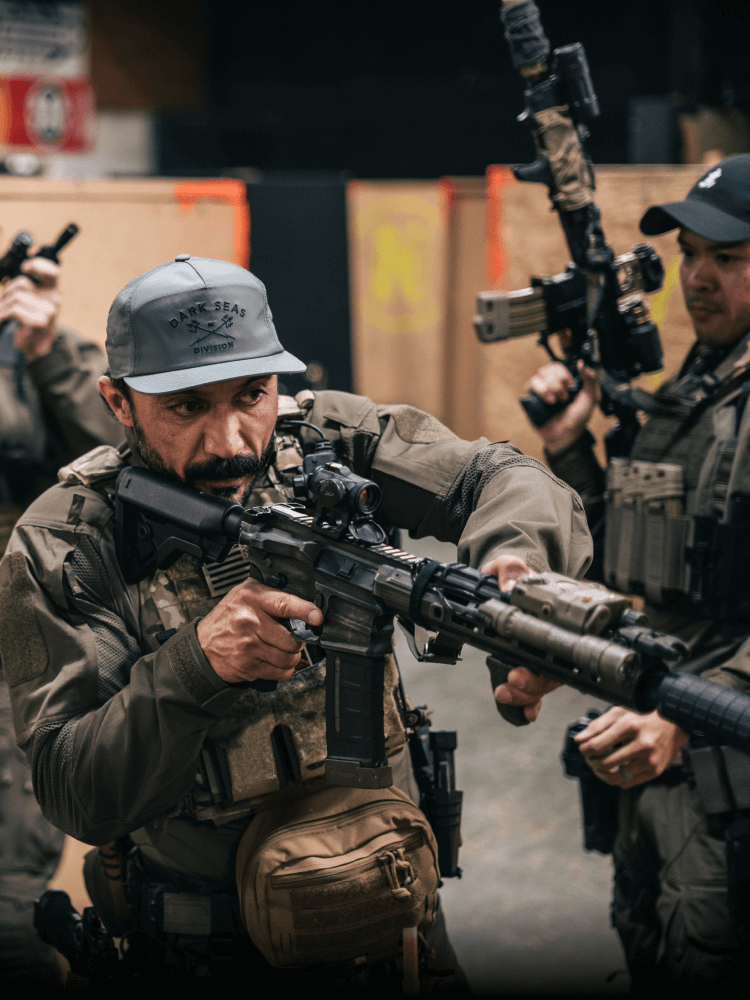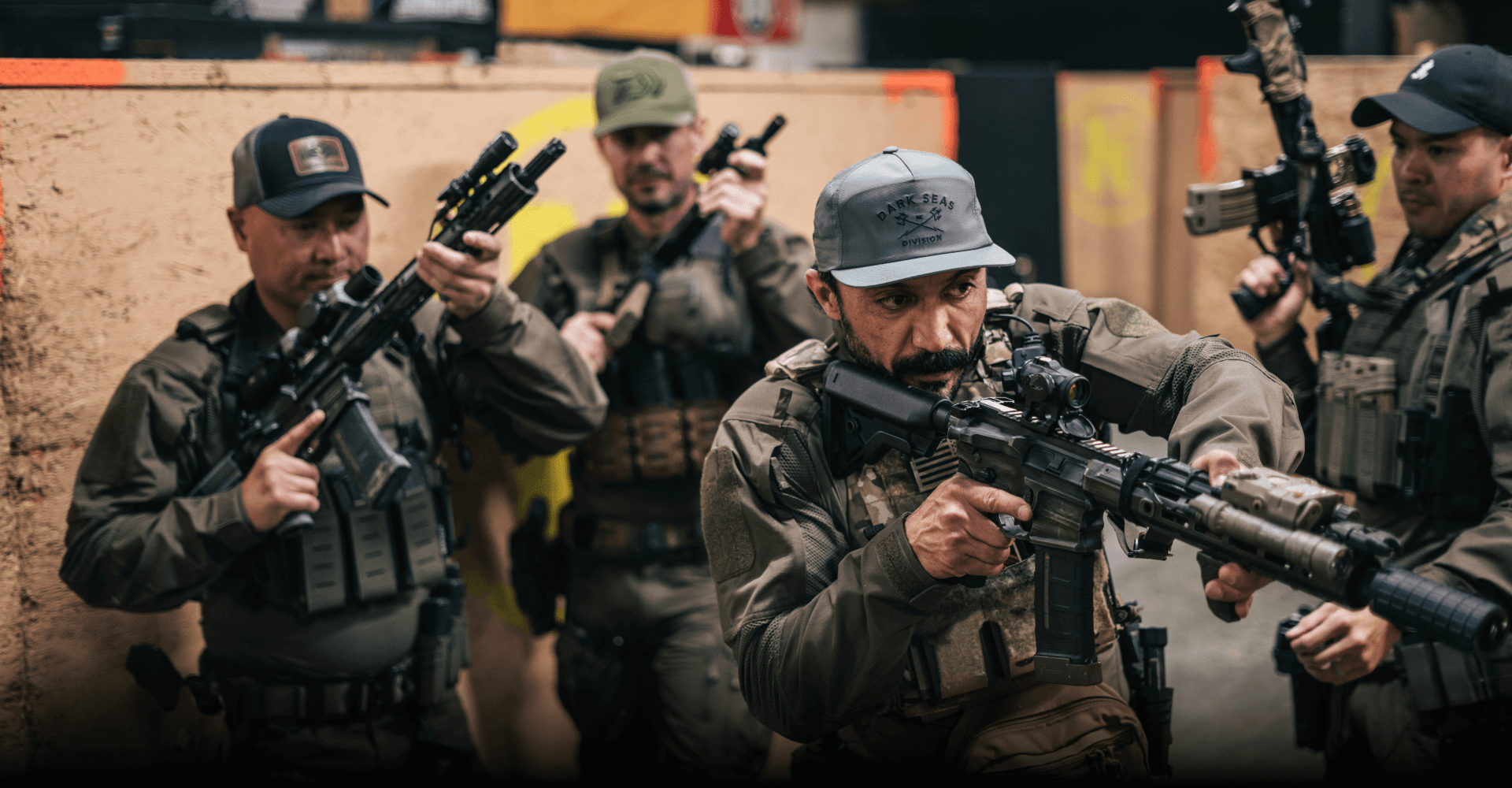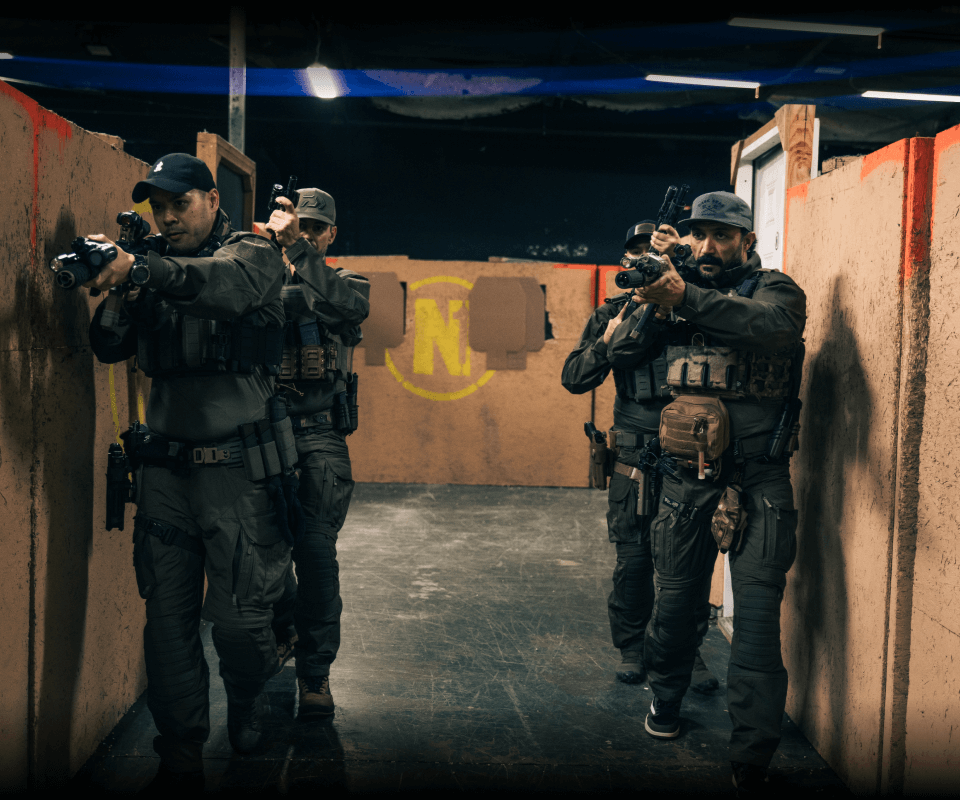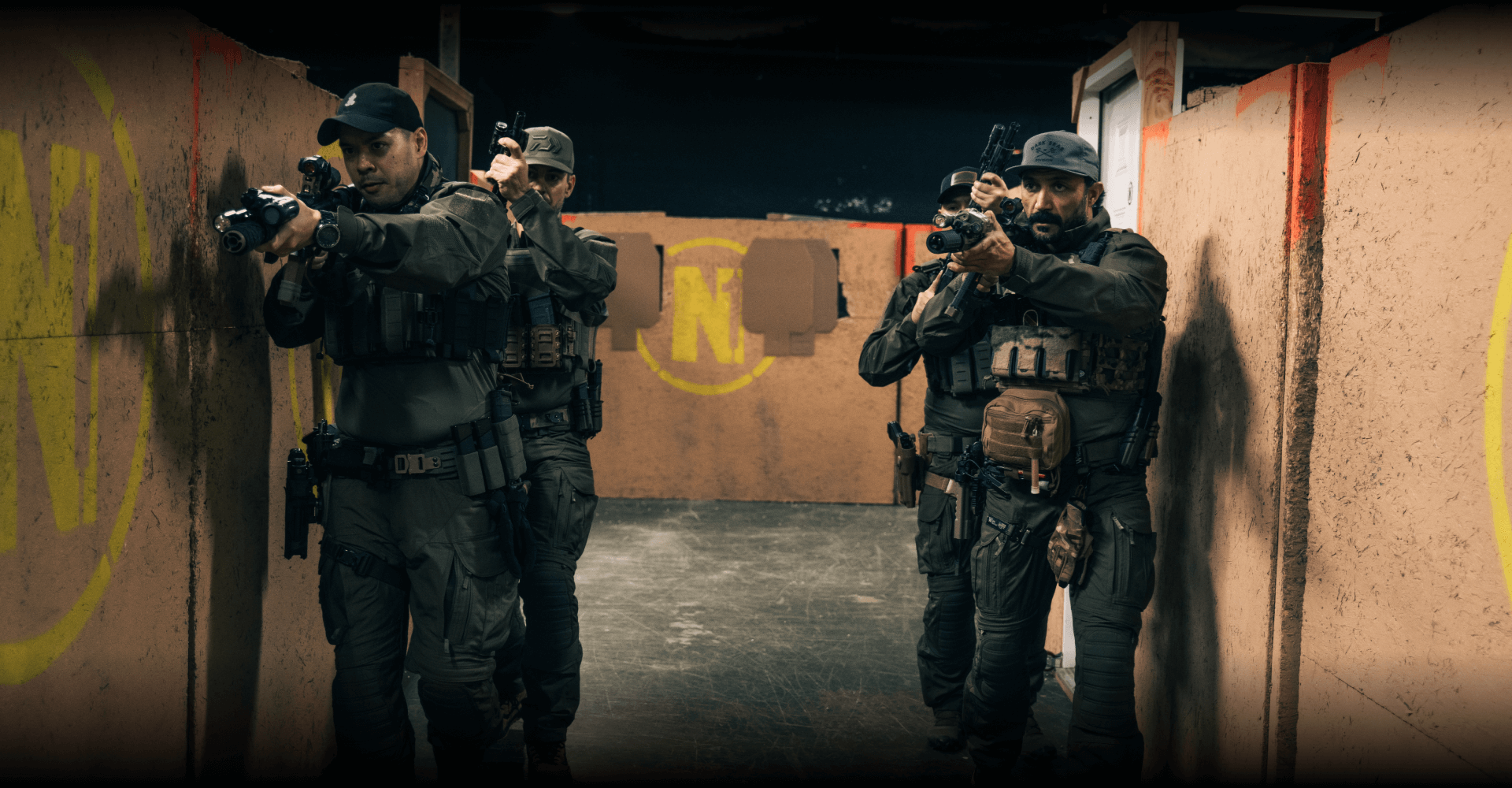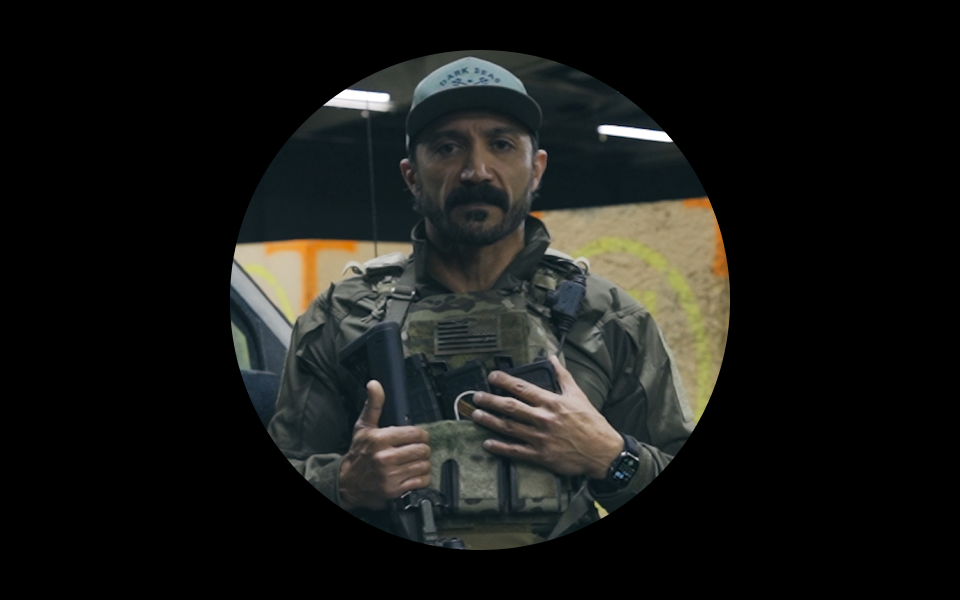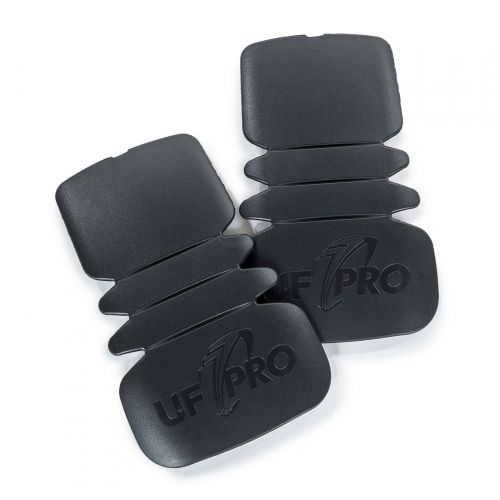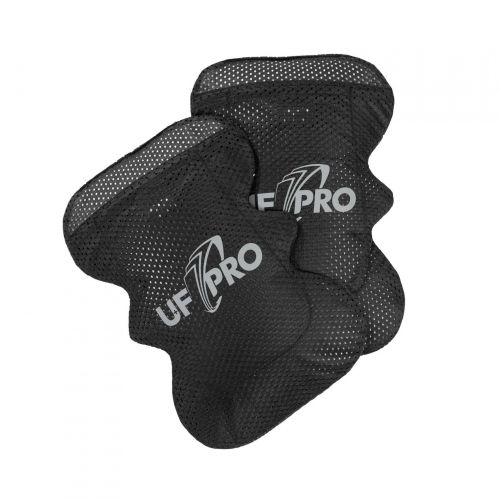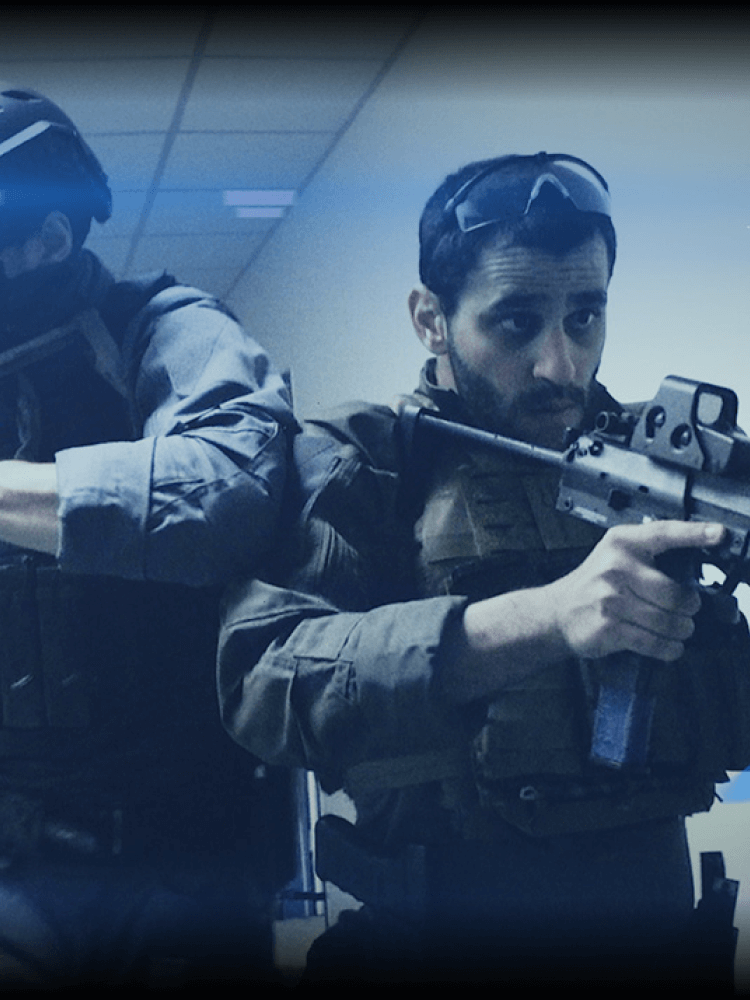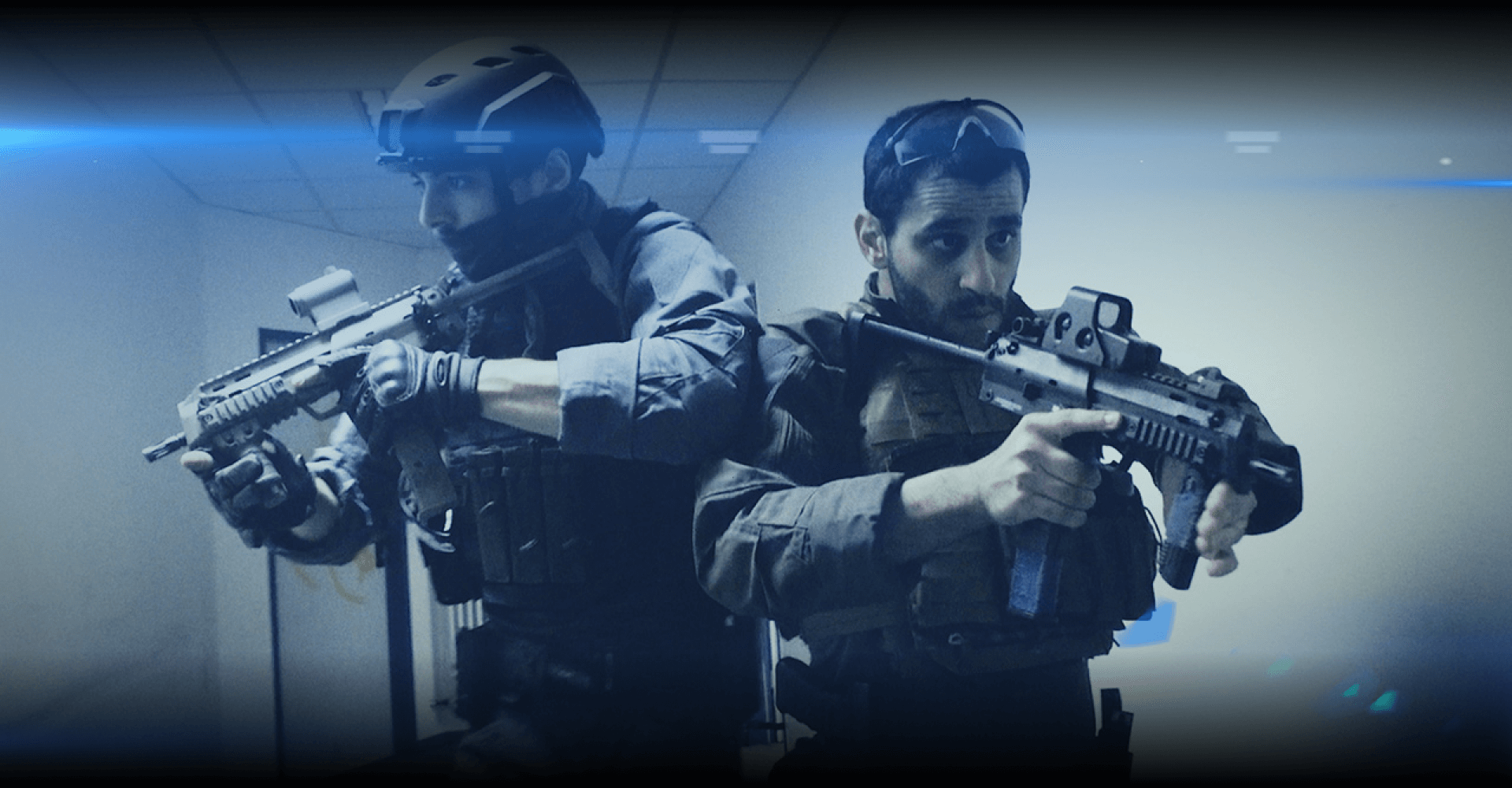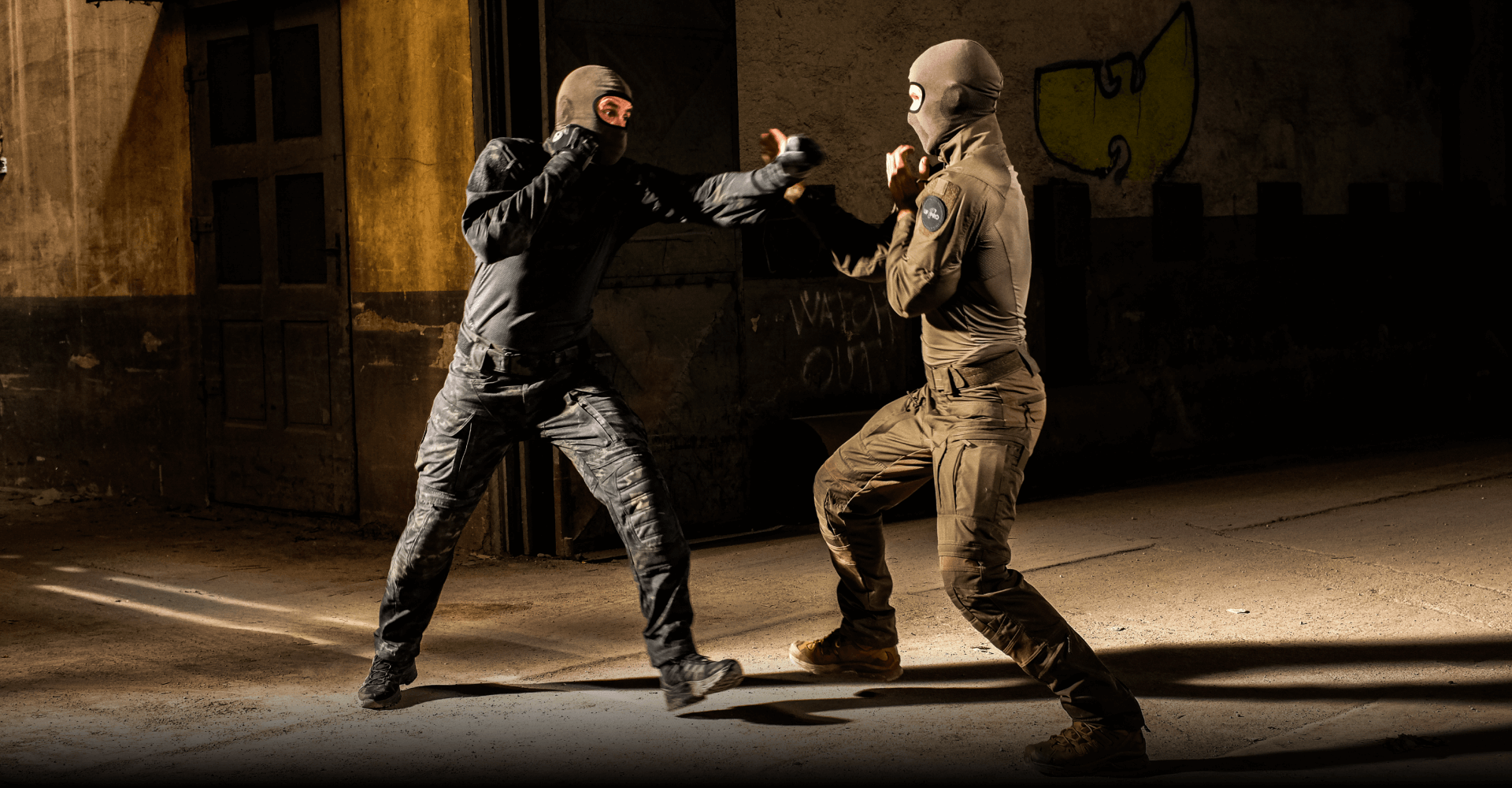Striker XT Gen.3 Combat Shirt
SIGN UP FOR NEW EPISODES.
Sign up for e-mail to get notified when new episodes are released.
You are signing up to receive updates via e-mail from which you can opt out at any time. Visit our privacy policy for more info.
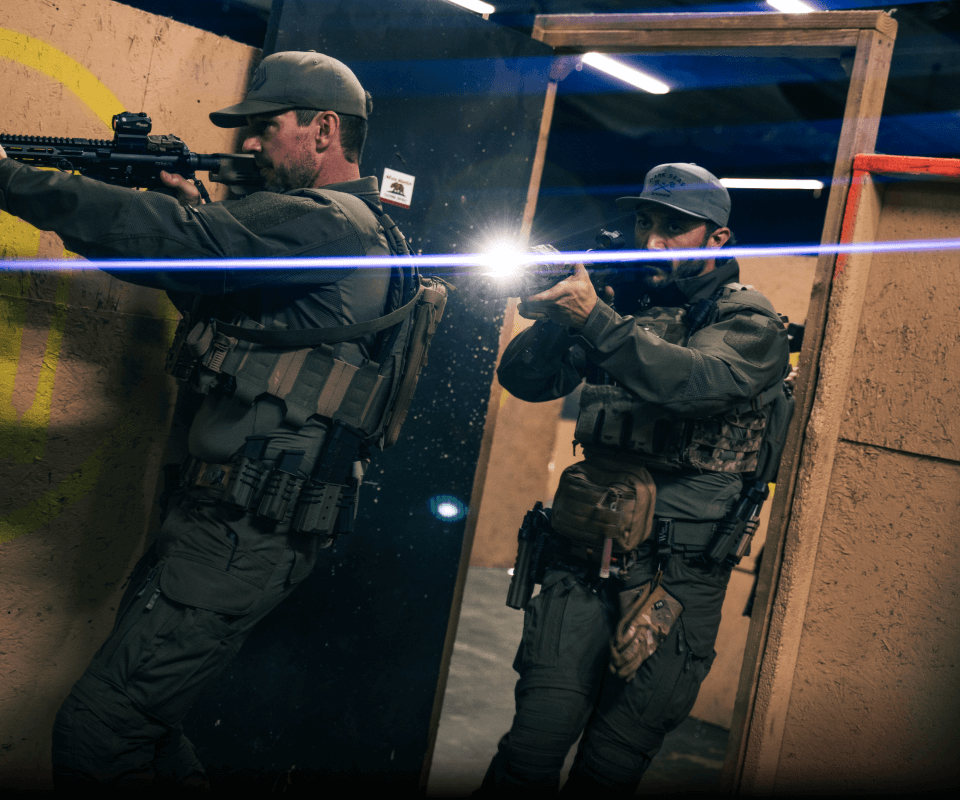
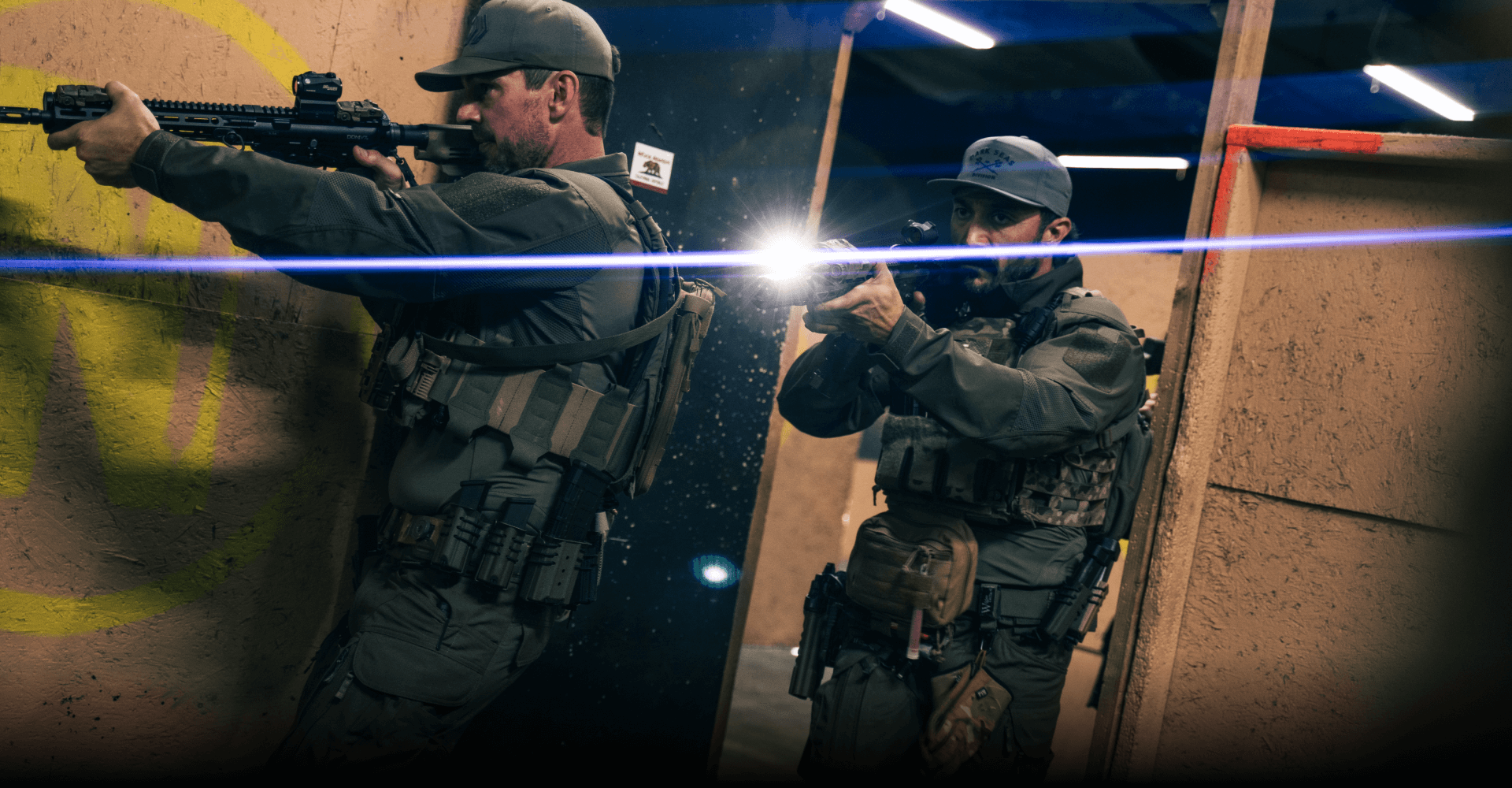
Episode 2: Center-fed & corner-fed open door room
In a two-or four-man team stack, each member has a specific role in all three stages of the operation, including activities on approach, entry, and inside the structure. This goes beyond individual actions, with an emphasis on information gathering, timing, communication, decision-making, and responsibilities.
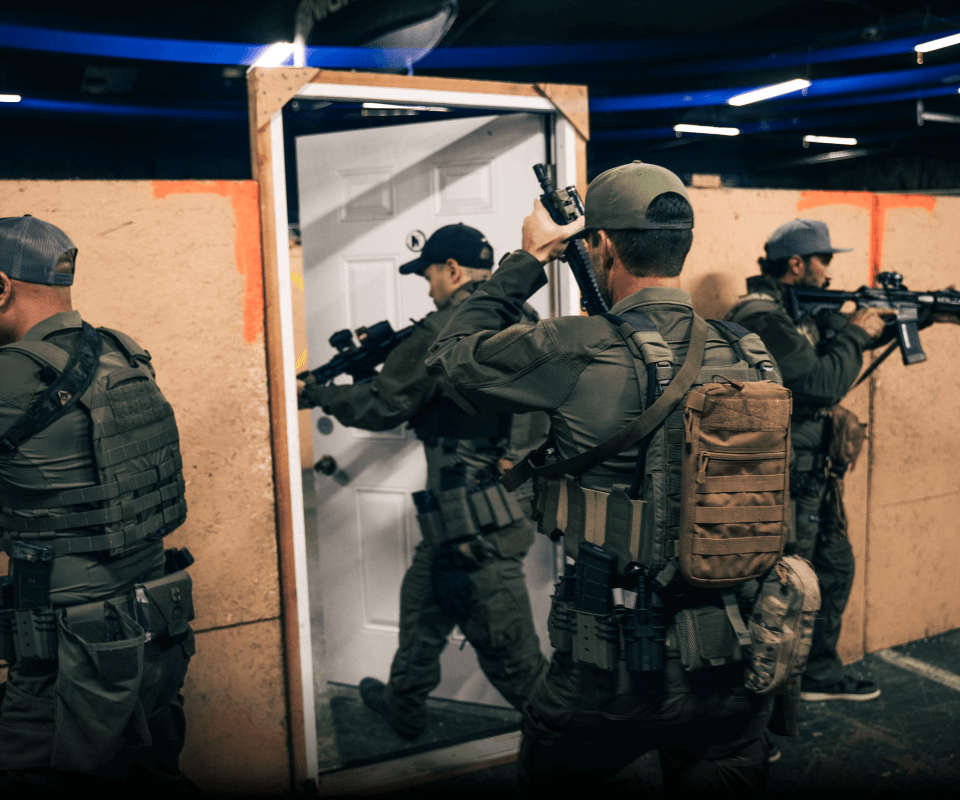
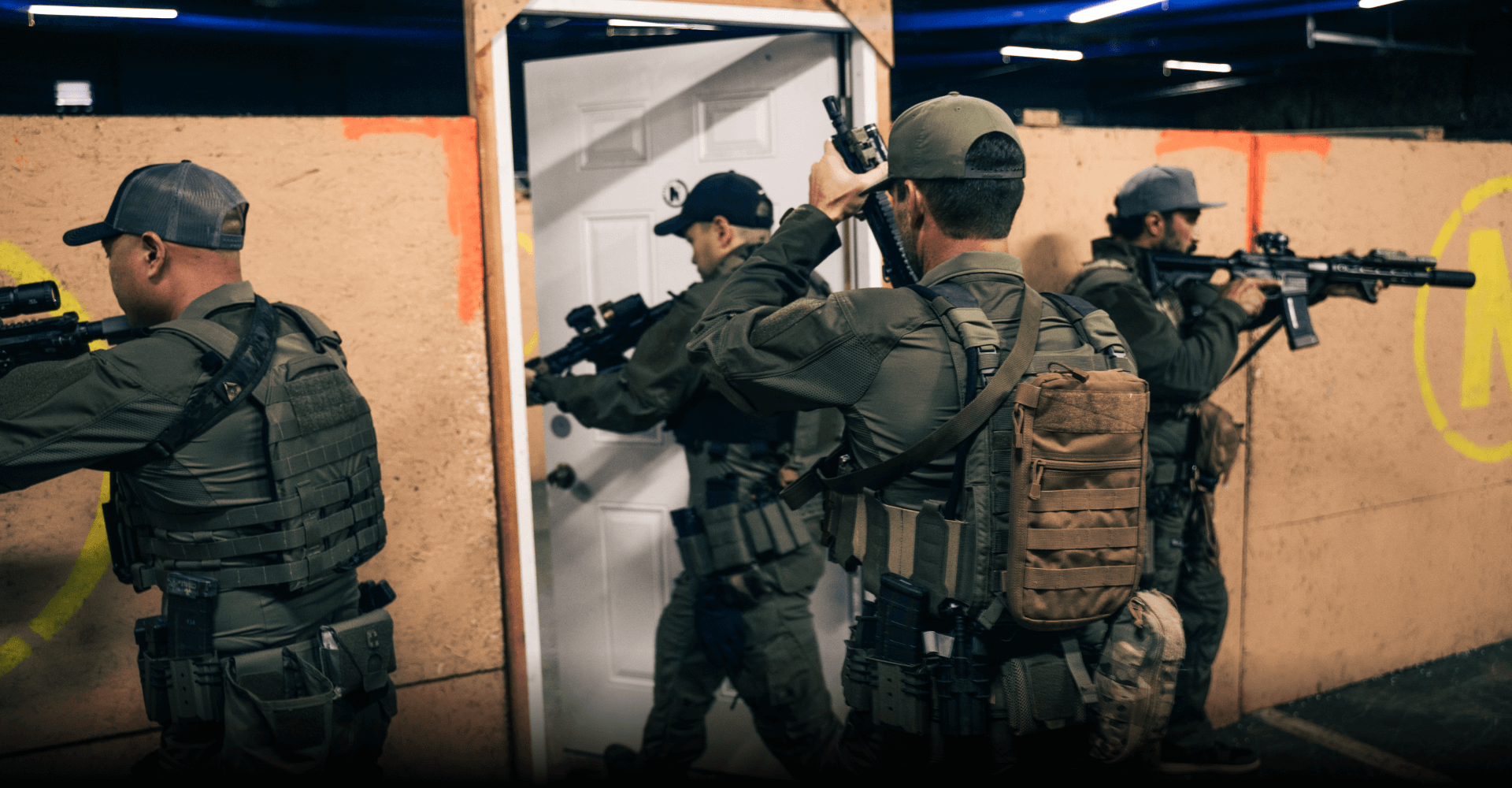
Episode 3: Split stacking, priorities of work, opposing threats, exiting rooms
The approach of splitting teams into stacks is used to prioritize tasks to effectively respond to threats, and successfully exit a room. The framework used for eliminating threats goes from neutralizing known threats, ensuring that survivors pose no threat, uncovering any hidden threats in the room structures, and marking cleared rooms based on SOP for subsequent teams.
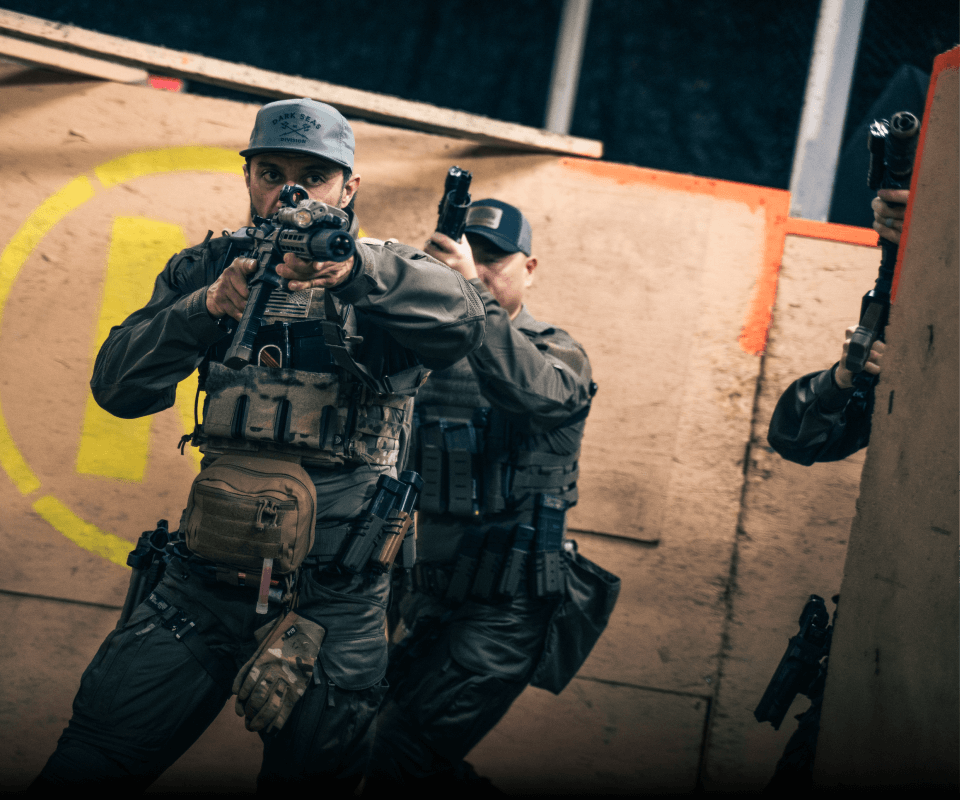
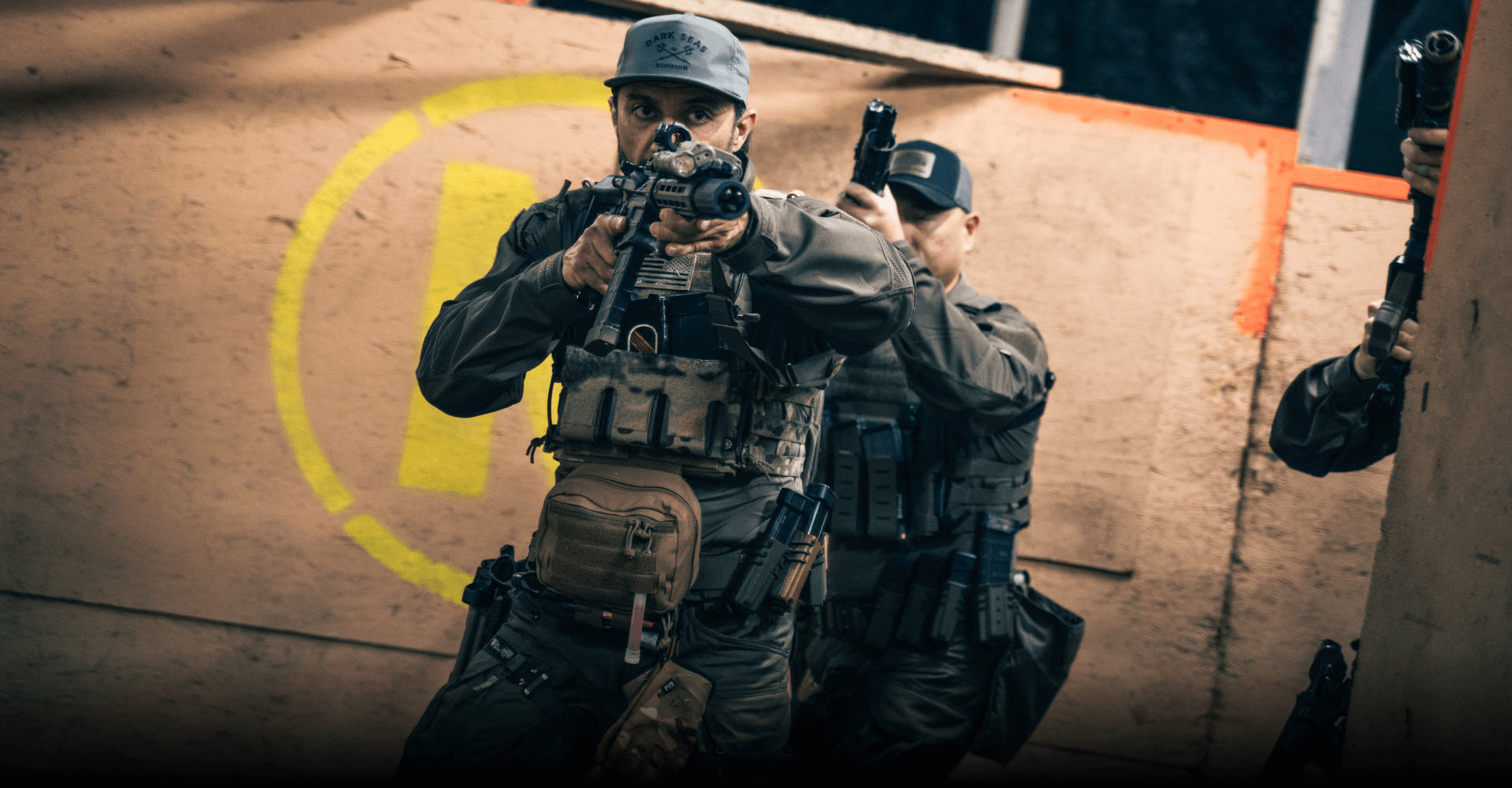
Episode 4: Clearing hallways and intersections
Hallways are the most dangerous place to be — choke points with nowhere to hide. They pose a risk not only because teams are exposed to potential fire with bullets travelling down the walls, but also because they lead to both closed and open-door rooms and intersections where threats may lurk. Speed is crucial, but how should a team of four be organized to negotiate the threats they’ll face?
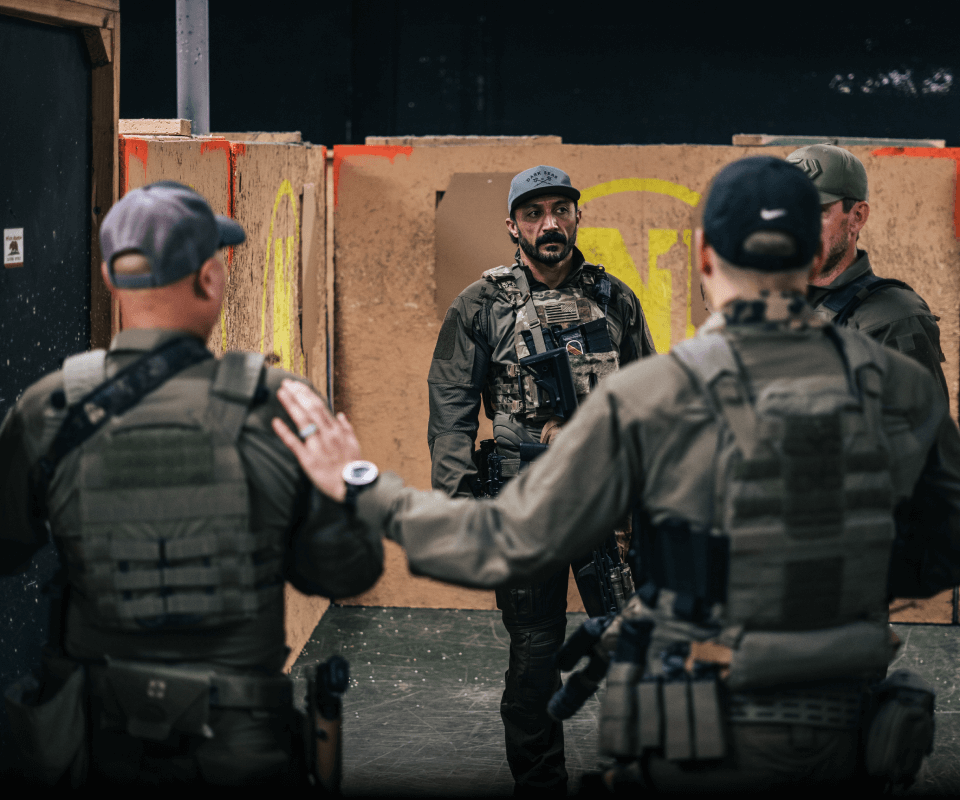
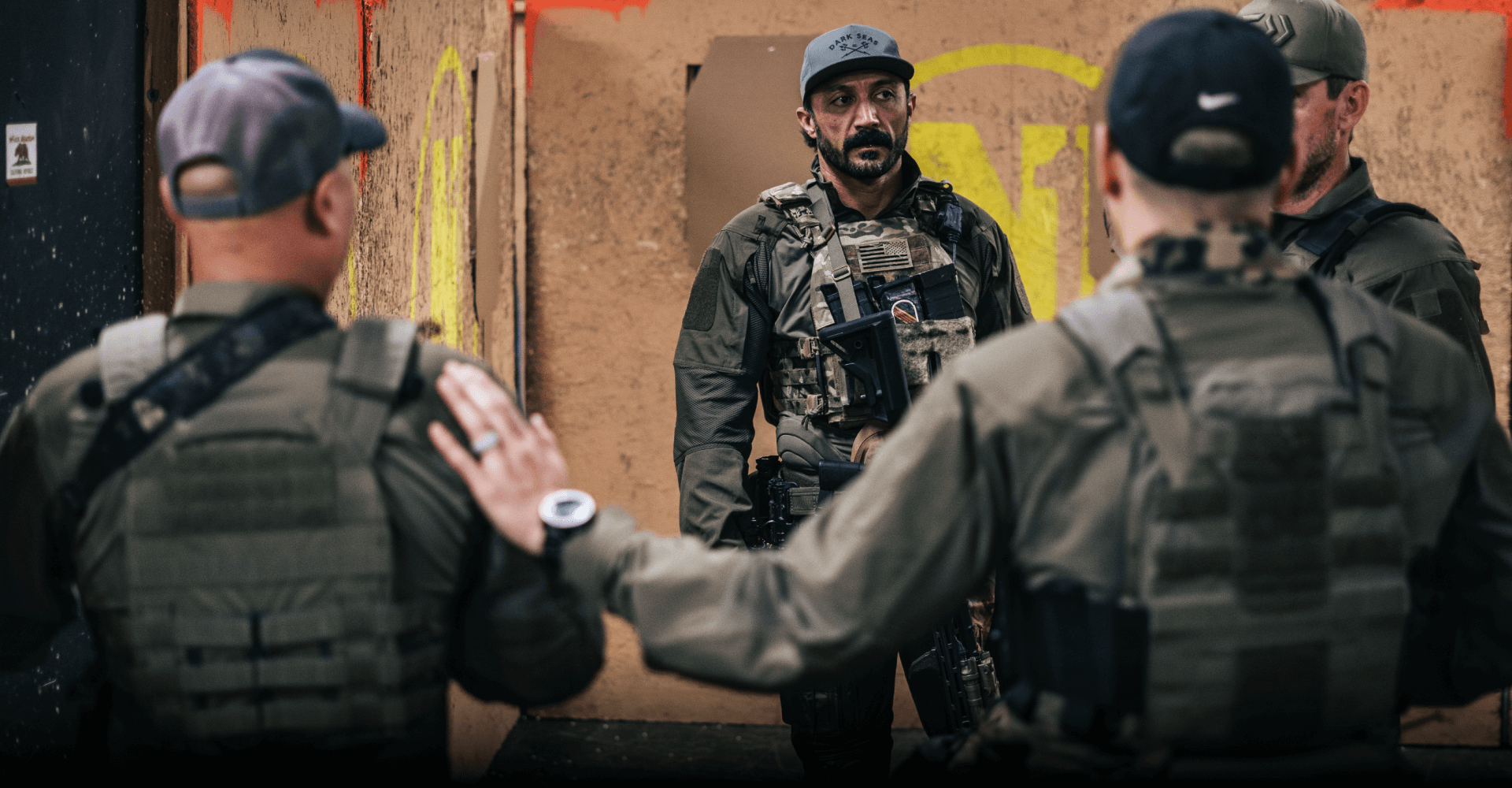
Episode 5: Demoing segmented room assessment and exiting the structure
Applying the concepts and skills-sets of Team CQB is just the beginning, as it’s important to practice with your team to achieve cohesion. In this episode we demonstrate a few selected methods for segmented room assessment and exiting structures, and while various police and military teams may use different ones, all are based on the same principles, with security being paramount.

